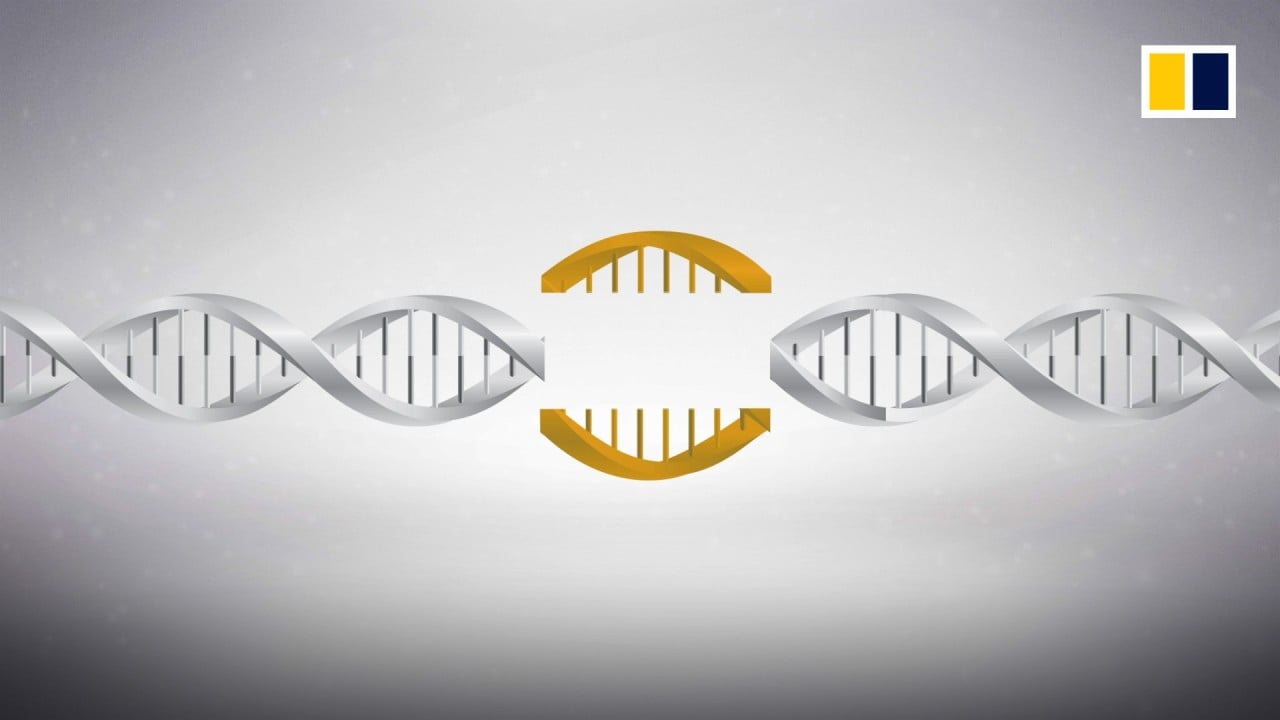
Snakes on a plain: Chinese-led study shows when the serpents shed their legs
- Comprehensive genome survey has determined that the reptiles descended from lizards when dinosaurs roamed the Earth
- Researchers who identified factors in limb loss, hope discoveries boost knowledge of biological development, antivenom drugs
New research has shown that snakes – those creepy coils of countless nightmares – used to look a lot different.
According to the largest genome survey of its kind, snakes used to have legs.
Snakes have undergone various evolutionary changes, including limb loss, lengthened bodies, and changes in their asymmetrical lungs and sensory systems, according to the new study, which was published Monday in the peer-reviewed journal Cell.
Li Jiatang, the corresponding author of the study, and a researcher with the academy’s Chengdu Institute of Biology, said previous studies analysed a specific snake species or family, but his team wanted to capture a more comprehensive picture of snake genomes.
“Moreover, we measured genome-wide data and obtained more genetic information to support our hypothesis. Previous studies have only measured a few genetic segments of a snake species,” Li was quoted as saying in state-run China Science Daily on Tuesday.
Snakes can be found on all continents except for the polar regions. They live on land and sea, and in forests and deserts. There are more than 300 families of snakes consisting of 4,000 species.
“We want to explain how snakes adapt to these complex environments from a genetic point of view,” Li said.
The research project was officially launched in 2018. To obtain fresh samples, the team said it spent two to three months each year in the field to gather samples from deserts in China’s western region of Xinjiang or from highlands in northern China.
Along the way, the researchers identified some key genes that affected the evolutionary changes in snakes.
How worms are helping scientists understand the function of genes in the human brain
One gene – PTCH1 – played an essential role in limb development. The team also investigated how the deletion of this gene affected limb development in mice.
“These results suggest that the deletions of this gene inhibit skeletal growth, including the growth of the limb digits,” the authors wrote.
The loss of limbs resulted in an elongated body blueprint for snakes, according to the study. The authors also identified the key genes that explain the evolution of those lengthened bodies.
The elongated body was accompanied by changes in internal organs, such as the lungs, the study said.
In modern-day snakes, or extent snakes, the left lung is either absent or much smaller than the right lung. The authors found that a gene that plays a role in left-right balance of development was absent in snakes. Another gene that facilitates lung development, was also lost in snakes.
The charm of dung beetles and of butterflies, and why insects matter
Li said his team would carry out research on snake venom to provide scientific support for the development of antivenom drugs.


